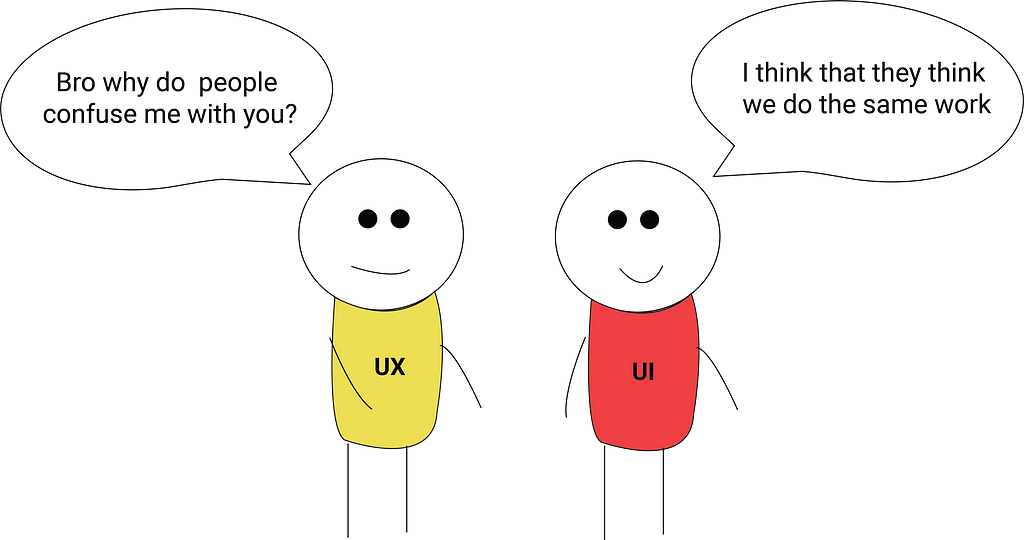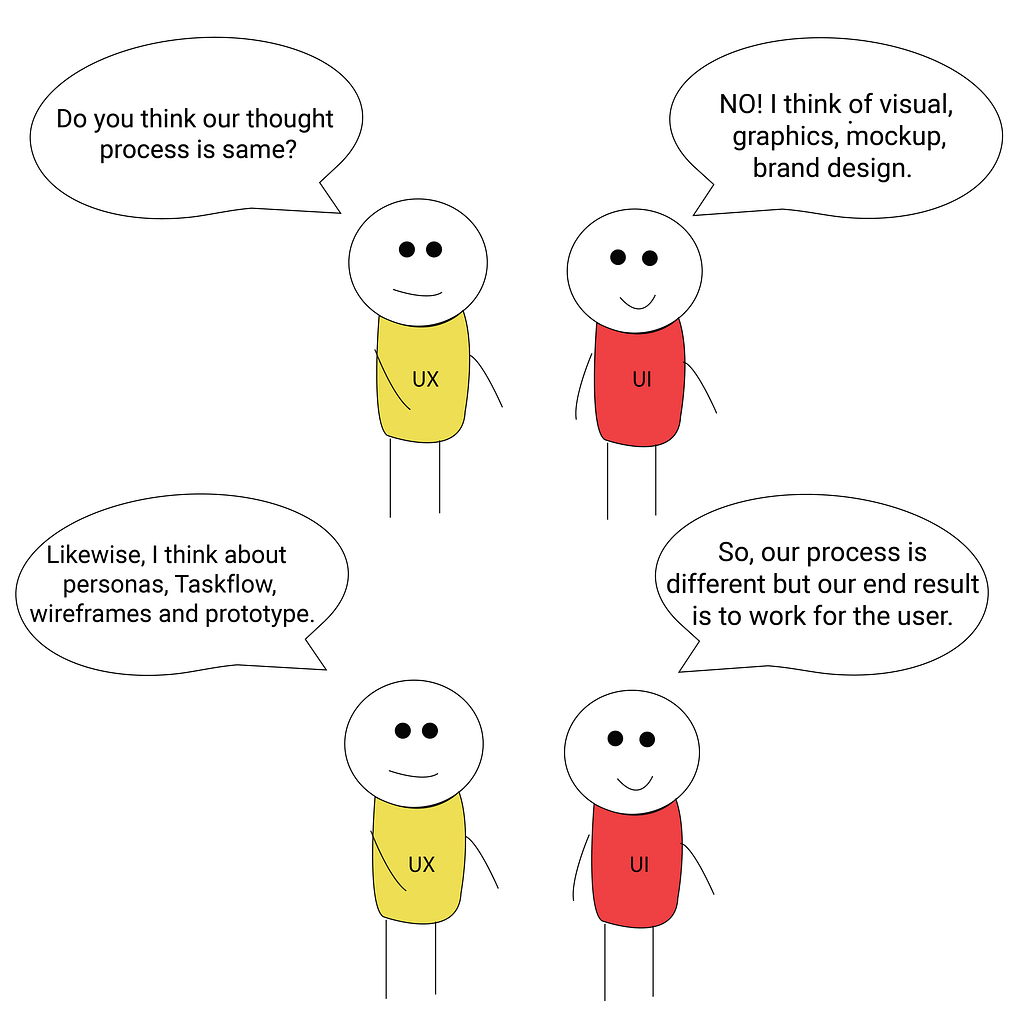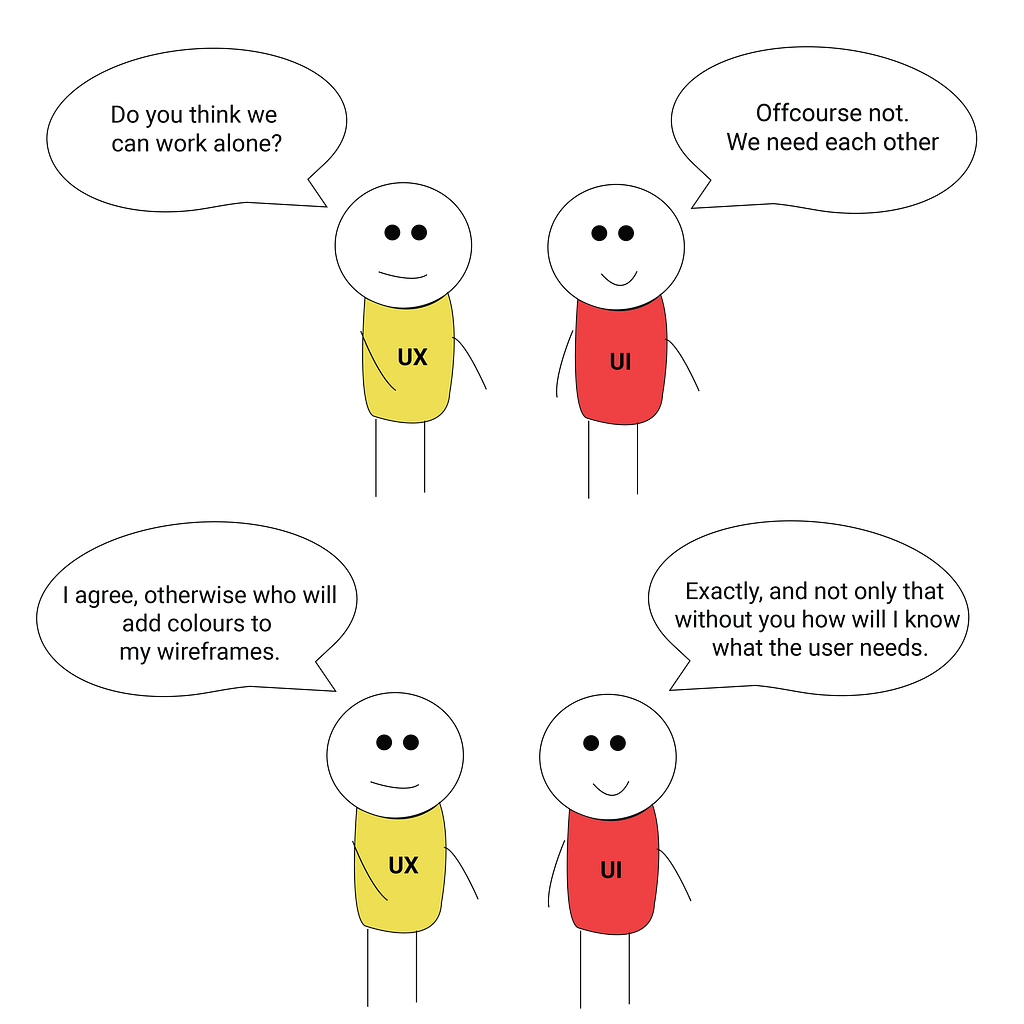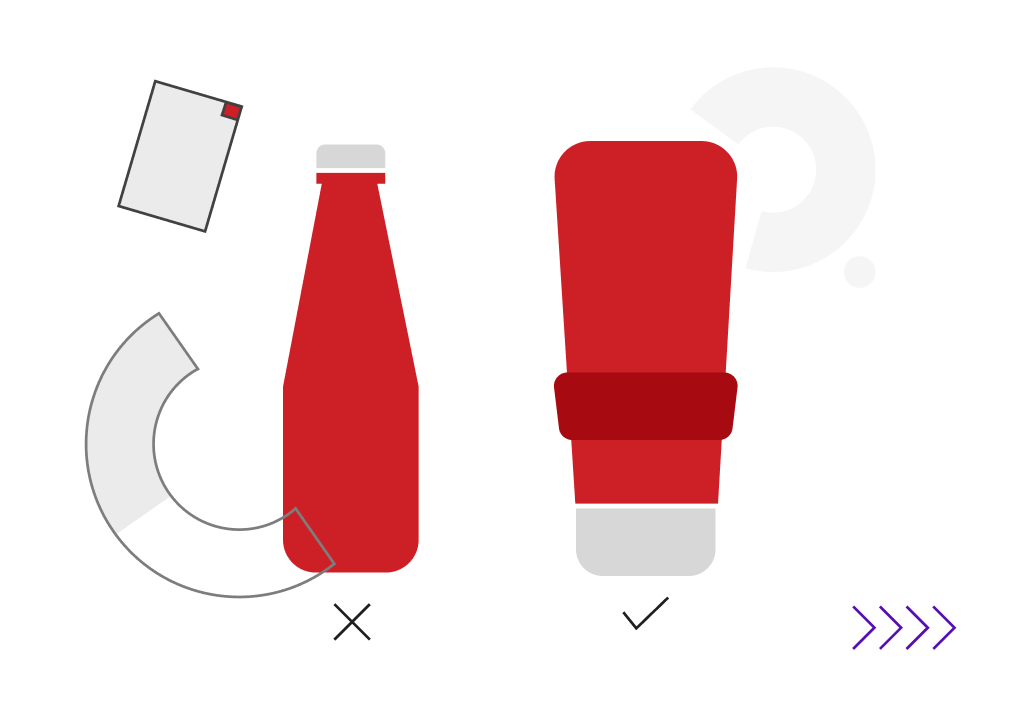The terms User Experience (UX) and User Interface (UI) have become inadvertently misused in the design community. The user interface, however, is not the same thing as the user experience. This confusion most likely stems from the overlap of the skill-sets and tools involved in both disciplines.

What is User Experience (UX)?
UX design brings critical analysis and logic to the design process: designing systems, structures, and flows that a user will take. This user-centric design considers what the user wants and needs, and how they will best get there. Some methods/ tools which make a UX designer’s job easier are User Research, User Personas, User Stories, Usability Testing.
“User experience encompasses all aspects of end users interaction with the company, its services and its products”
Eg. Why do you always choose a specific e-commerce website for buying products online? (Amazon vs. Flipkart)
If you experience Flipkart and Amazon and compare their user interface, Flipkart’s UI is aesthetically more beautiful than Amazon’s. They use more vibrant colours whereas amazon’s UI is plain and looks cluttered. Did that make you choose Flipkart over Amazon for the first time?
But why do statistics tell that people prefer buying products from Amazon rather than Flipkart? This is because, the user experience of Flipkart is not just based on how pretty their app or website looks but also based on how fast delivery of parcels take place, how their customer service solves the problems of various users and various other touchpoints of their service.
What is User Interface (UI)?
UI design deals with styling the structure and content, what the user sees, and interact with during the experience. This is when layout, branding, colours, typography, graphics, photography, and other visual elements are introduced. This is when the more abstract design ideas take more tangible and concrete shapes in the form of screens for apps, websites etc.
“UI is focused on how a product’s surfaces look and function”
User interface design is also client-centric (and brand-centric), focusing on what works visually for the brand to evoke the desired look, tone, and feel. User interface designers have a good understanding of grids, layouts, colour theory, typography, etc.
What’s the difference between UX and UI?

User Experience is focused on a user’s journey to solve a certain problem, while the focus of the user interface is how a given product surface looks and functions.
User experience focuses on anything that will affect the user’s journey whether positive or negative; it also focuses on or off the screen. On the other hand, the user interface will mainly focus on how the surface of the product looks and functions.
The user experience designer is mainly concerned with the conceptual aspects of the process while the user interface designer’s job is to focus more on tangible elements.
User experience designer has skills in research, strategizing, and information architecture. The user interface designer, on the other hand, focused on areas such as information design, brand, and motion design.
The user interface is about the visual design and the information designed around the screens while the user experience is about the whole experience and not only about the screen.
“UI — “what colour button will use here?” UX — “do we even need this button ?”
User experience design is a broad field and becoming more popular by the day. Now, not only companies with a web presence but many others that develop products or provide services are catching on to the value of understanding their users and validating their hypotheses before they build.
User Interface design is, well, only for user interfaces. This doesn’t mean it is limited to the graphical user interfaces of computers, tablets, and mobile devices. We are also seeing interfaces on many other products these days like watches, washing machines, car dashboards, vending machines, ticket kiosks and many more.
In the previous example of Amazon vs. Flipkart, the ux designers job is to:
“Develop empathy towards the users by conducting user research interviews and find out who are the potential user personas who would be using the product and their real needs, motivation and pain points around online shopping behavior.”
whereas the UI designer needs to take care of:
“How all the user stories and functionalities identified by the ux designer are baked at interface level and also about the aesthetics of the user interface”
“User experience is made of a bunch of different components, user interface design being just one of them, that when combined together make up the entire user experience”
How do UX and UI Designers work together?
As mentioned earlier, both of these cannot function without each other.
While a UI Designer is responsible for creating the design that a user finds comfortable and likes engaging with, a UX Designer makes sure they’re built in the most efficient manner for optimal output. So, no matter which role you’re thinking of getting into, it is important to find out how intertwined these roles are and how they work together for the best productivity. It is impossible to separate UX and UI even when they are so different from each other. What is important is that both of them are key to the development of a user-friendly product.
Eg. If the UX designer would have not found out the right user needs and pain points through user research, what the UI designer makes into wireframes will be of no use to the end-user. Similarly, if the user needs found out by the UX designer were not translated into wireframes, it will be very difficult for the end-users to use the mobile/ website UI in an intuitive way.

Designerrsprovides a safe learning space for designers across the world. We are trying to make design education accessible for everyone by providing learning experiences and training programs for User Experience and User Interface Design, Design Thinking, Interaction Design, Visual Design, Designing for Immersive Experience (VR, AR, XR), Voice UX, and other specializations.
Our learning pedagogy involves Hands-on activities, Live projects, Gamified teaching methods, and curriculums designed by our learning experience design team under the guidance of experts from the industry such as Samsung, Microsoft, Google, Cisco, Byjus, Thoughtworks, and alumni from NIDs and IITs. Our 20K+ Community consists of students and professionals from various backgrounds such as Product Design, Product Management, Product Marketing, Engineering, Business Management, HR, Sales, Retail who want to move to more creative career paths. With a vision to “Democratise Design Education”, we are focused on creating the Next Million Designers and helping them become better problem solvers.
